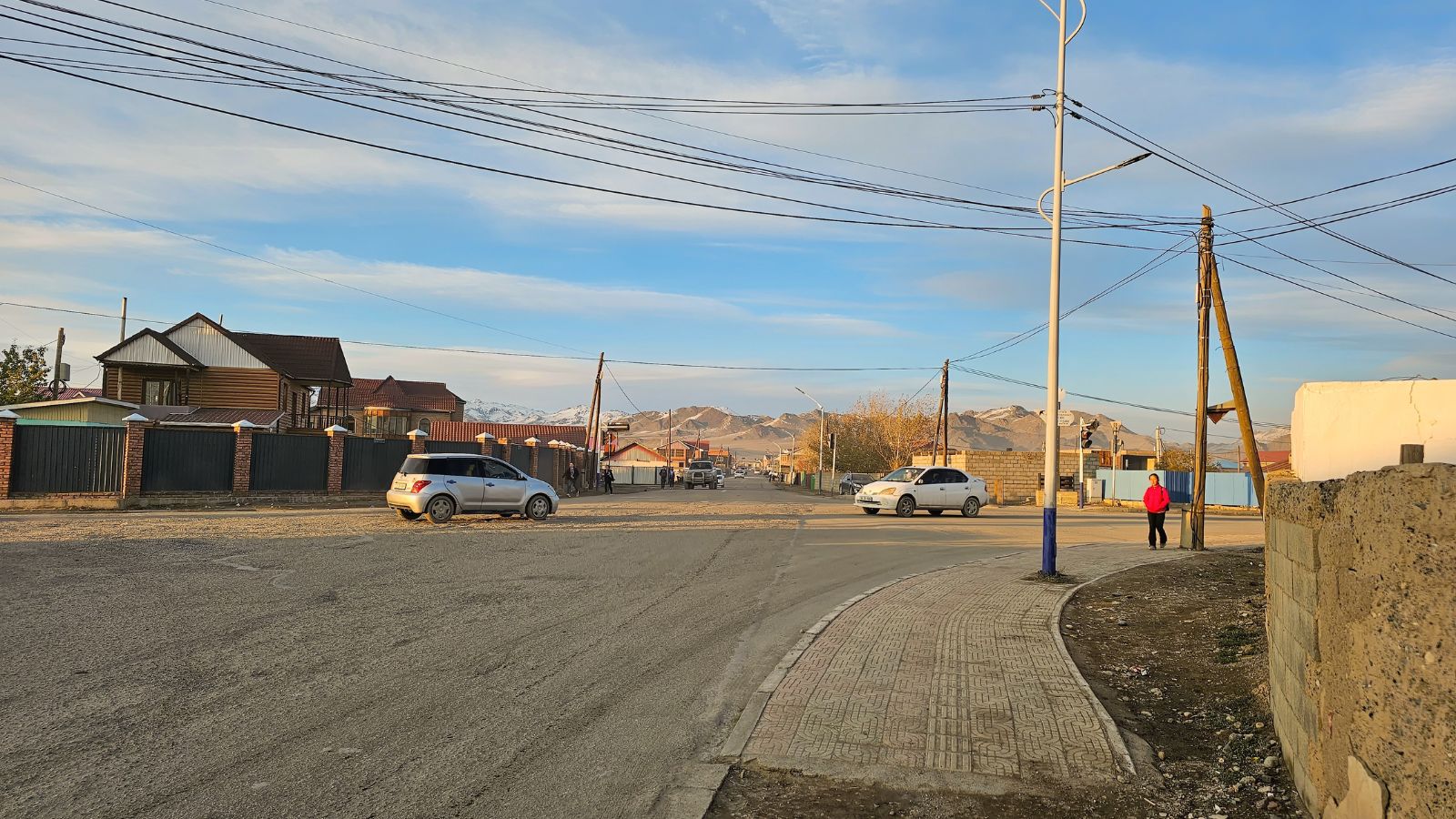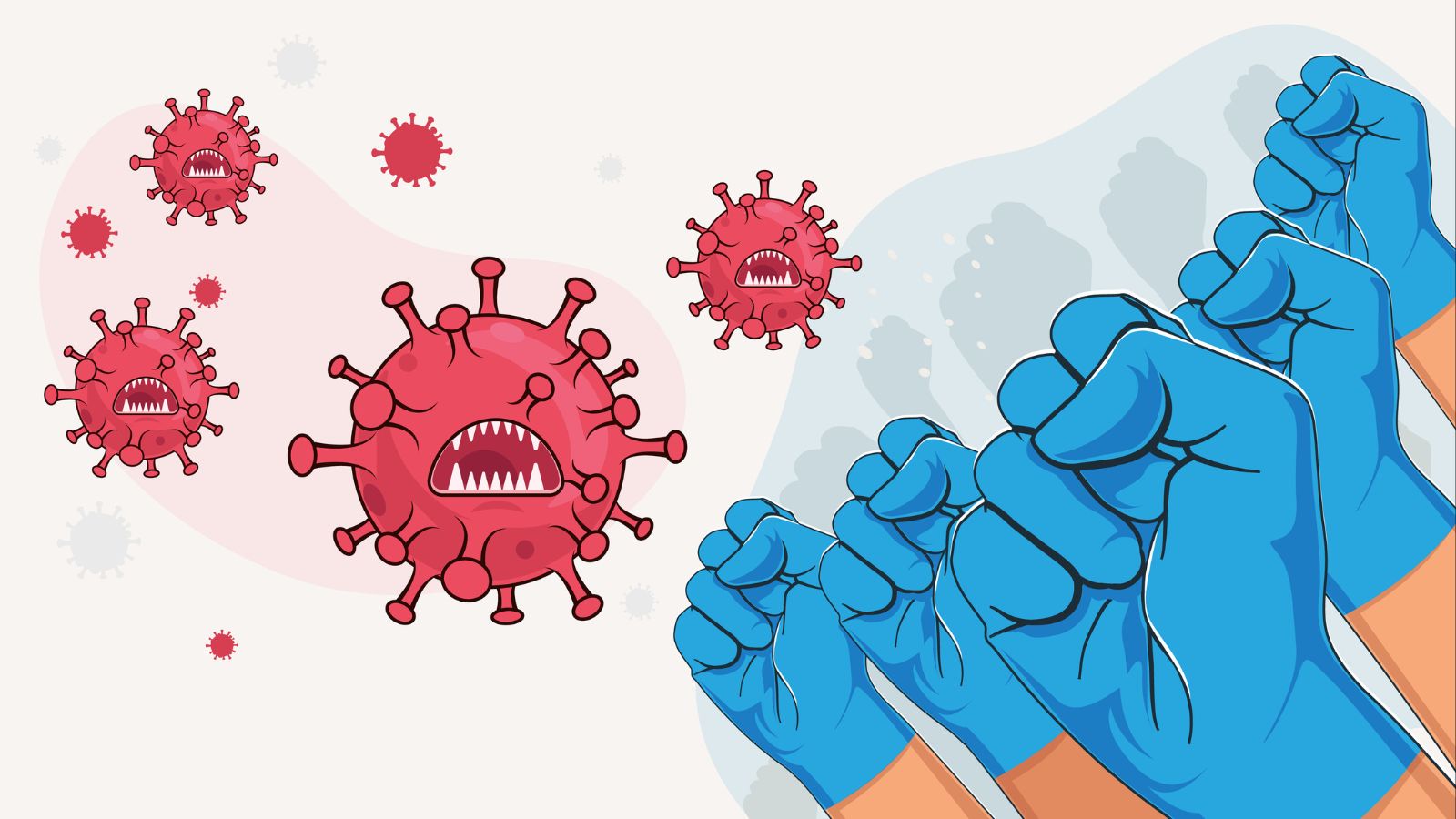The global impact of the COVID-19 pandemic has resulted in significant transformations across various aspects of society. As we adapt to this novel reality, it is imperative to acknowledge 20 remarkable shifts that have materialized in the post-pandemic era:
Remote Work Revolution

The pandemic has compelled many companies to adopt remote work, which has now become a permanent fixture for many. This transformation has unequivocally revolutionized the traditional office environment, ushering in a more flexible work culture.
Digital Transformation

The rapid adoption of digital technologies has profoundly impacted various aspects of daily life. From the way people shop online to accessing virtual healthcare services, digitalization’s influence is pervasive. Both businesses and individuals have been required to adapt to this increasingly digital-oriented environment, leading to significant changes in how they operate and interact with the world around them.
Mental Health Crisis

The pandemic has made people feel lonely and stressed for a long time, which has caused a significant increase in mental health problems. This has made more people realize how important mental health is, so there is now more awareness and support for mental health issues.
Education Overhaul

The transition to online learning and hybrid education models has significantly transformed our approach to education. Schools and universities have been compelled to innovate to ensure continuous learning.
Economic Disparities

The pandemic has exacerbated economic inequalities, resulting in a widening gap between the wealthy and the economically disadvantaged. This disparity has become increasingly conspicuous, significantly impacting access to essential resources and opportunities for various segments of the population.
Health Precautions

Given the current global health situation, the practice of wearing masks and using hand sanitizers has become widespread in public areas as a precautionary measure. These health protocols are anticipated to persist as integral parts of our daily routines in the near future, serving as essential safeguards for public health.
Travel Restrictions

The travel industry has undergone significant changes due to ongoing travel restrictions and evolving international travel norms. As a result, travelers and travel-related businesses have had to adapt to new safety protocols and regulations imposed by various countries and organizations.
Work-Life Balance

The rise of remote work has significantly impacted the concept of work-life balance, as the boundaries between professional and personal life have become increasingly blurred. Many individuals struggle with maintaining a healthy balance as the distinction between home and office continues to diminish.
Urban Exodus

The pandemic has led to a significant urban exodus, with many people relocating from densely populated cities to suburban or rural areas. This shift is primarily motivated by the desire for more space and a safer living environment.
Supply Chain Disruptions

Persistent disruptions have significantly impacted global supply chains, leading to challenges in the availability of goods. These events have underscored the importance of developing more resilient and adaptable supply chain systems.
Cashless Society

The surge in digital payments has led to a decline in cash transactions, accelerating the shift towards a cashless society. The increased demand for contactless payment options has primarily driven this transition.
Healthcare Innovations

The rapid development and widespread deployment of vaccines and treatments have underscored the potential for innovation in healthcare. The pandemic has catalyzed significant advancements in medical research and technology, leading to the exploration of novel tools, techniques, and treatment modalities that can revolutionize healthcare service delivery.
Environmental Impact

During the lockdowns imposed in response to the pandemic, pollution levels were temporarily reduced due to reduced human activity. However, as restrictions eased, pollution rebounded. These occurrences have shed light on the substantial impact of human activity on the environment, prompting a reevaluation of our relationship with the natural world.
Social Distancing

The act of maintaining social distancing has become deeply embedded in our daily interactions. Despite the lifting of restrictions, individuals persist in prioritizing physical distance, particularly in densely crowded environments.
Virtual Events

The emergence of virtual conferences, concerts, and social gatherings has revolutionized the way we interact and participate in shared experiences. Virtual events have gained widespread popularity as a compelling alternative to traditional in-person meetings.
Economic Recovery

The economic recovery from the pandemic has been characterized by disparities, with distinct sectors and regions undergoing varying degrees of rebound. While some industries have prospered, others continue to grapple with ongoing challenges.
Housing Market Boom

The increased demand for larger living spaces has resulted in a significant surge in housing prices. The pandemic has prompted a growing number of individuals to seek homes with more space to accommodate remote work and leisure activities.
Telehealth

The widespread expansion of telehealth services has significantly improved the accessibility of healthcare for individuals across various geographic locations. Through telehealth, patients can conveniently connect with healthcare providers through secure digital platforms, allowing for virtual appointments, consultations, and even remote monitoring of certain health conditions.
Job Market Shifts

The job market has experienced substantial shifts, with certain industries experiencing rapid growth while others have faced decline. The pandemic has significantly altered the employment landscape, leading to the emergence of new opportunities alongside unforeseen challenges.
Community Resilience

The global pandemic has highlighted the critical importance of developing resilient communities that are well-equipped to withstand and recover from various crises. This has led to a renewed focus on boosting preparedness measures and establishing comprehensive support systems that can effectively mitigate the impact of unexpected adversities and promote long-term community well-being.
Conclusion

These realities reflect the profound impact the pandemic has had on our world. As we continue to adapt to these changes, it is essential to recognize the opportunities for growth and innovation that have emerged from this challenging period.
18 Reasons Why People Are Leaving Florida in Masses

Exploring factors that impact the desirability of living in Florida, this list delves into various challenges shaping residents’ experiences. From environmental concerns like rising sea levels to economic factors such as fluctuating job markets, these issues collectively contribute to a nuanced understanding of the state’s appeal.
18 Reasons Why People Are Leaving Florida in Masses
